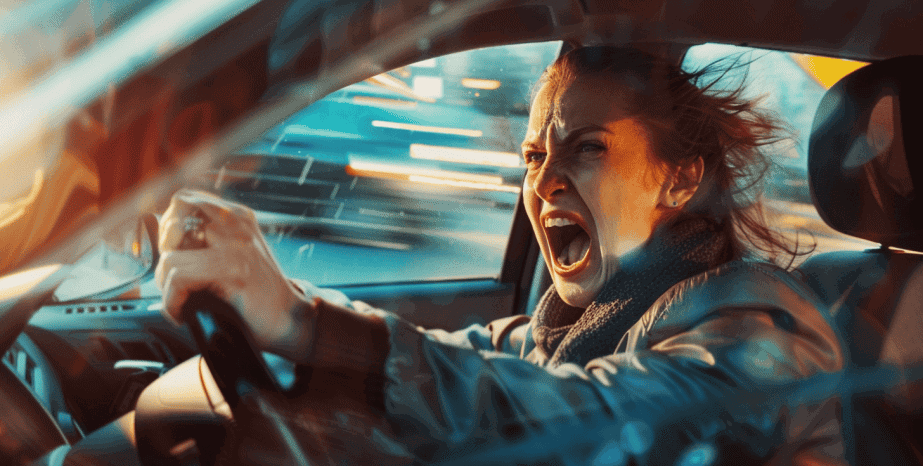8730 Wilshire Boulevard, California 90211
Get Help Now
8730 Wilshire Boulevard, California 90211
Get Help Now

Driver error, usually, operator impairment or aggressive driving, causes about 98 percent of the car crash accidents in California. Frequently, another cause contributes to a car crash accident, such as heavy rain. But even in these cases, driver error substantially causes almost all vehicle collisions. Impaired drivers can’t accurately judge factors like distance and speed on wet roads. Aggressive drivers don’t care. In this situation, it becomes almost necessary for victims to reach out to the top Los Angeles car accident lawyer to move forward.
Vehicle collisions kill or seriously injure millions of Americans every year. Head injuries and exsanguination (excessive blood loss) are usually the official cause of death in these cases. Traumatic Brain Injuries (TBIs) kill more than 50,000 Americans a year. Many of these victims take their own lives. As for exsanguination, cat crashes cause massive internal bleeding that’s hard to detect and even harder to stop.
The economic losses in a catastrophic (life-threatening) car crash accident usually exceed $150,000. A California Car Accident Lawyer obtains compensation for these economic losses, as well as compensation for noneconomic losses, such as emotional distress. Most car crash claims settle out of court. These resolutions allow victims, and their families, to move on with their lives as quickly as possible. Let’s learn more about the top causes of car accidents in our post below:
California law imposes a duty of reasonable care on most drivers. Much like the Good Samaritan went out of his way to help an injured traveler, drivers must go out of their way to avoid accidents.
Frequently, a car crash is like a stick of dynamite. Someone lights the fuse long before the stick of dynamite explodes. This “fuse lighting” could be one of the following:
Arguably, these drivers know they shouldn’t get behind the wheel. Instead, they deliberately light the fuse and hope the stick of dynamite doesn’t explode. Such reckless disregard for the safety of other people could be grounds for punitive damages.
Unsafe turning, tailgating, and speeding are three of the most common, and most dangerous, kinds of aggressive driving.
Unsafe turning could be a TBFTL (turned but failed to look) crash or an illegal U-turn crash. These actions illustrate the two legal principles in a car crash accident negligence case.
Ordinary negligence is a lack of care, as described above. U-turns are dangerous, as is changing lanes or turning without signaling. These actions could violate the vehicle code as well, at least in some cases. If emergency responders issue citations to these tortfeasors (negligent drivers), the negligence per se shortcut applies. These tortfeasors are liable for damages as a matter of law.
Tailgating illustrates the difference between a commercial operator’s duty of care and a noncommercial operator’s legal responsibility. Most noncommercial drivers must maintain about a two-second following distance. For large trucks, recommended following distance increases to a minimum of seven seconds.
Speeding increases the risk of a crash as well as the force of a wreck. Motor vehicles don’t stop on a dime, and velocity multiplies stopping distance. At 30mph, the stopping distance is about six car lengths. At 60mph, stopping distance multiplies to eighteen car lengths. Furthermore, speed multiplies the force in a collision between two objects. So, a low-speed fender bender becomes a high-speed serious injury or fatal collision.
When driver error causes a car crash accident, compensation is usually available. For a free consultation with an experienced Los Angeles personal injury lawyer, contact the Law Offices of Eslamboly Hakim. Virtual, home, and hospital visits are available.
Tag: